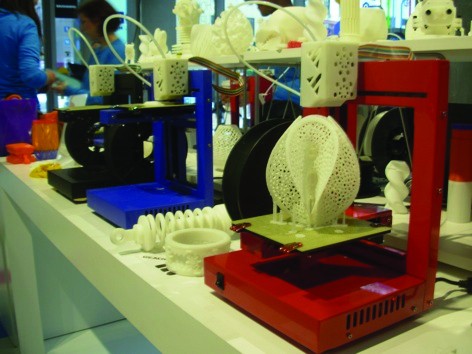Breaking out of the mould
With engineers dreaming up increasingly intricate designs, software for 3D printing is beginning to fall short of expectations.
If you can imagine it, then you can probably print it. That’s the promise proponents of 3D printing have been offering since its rise into the mainstream. In the past year, the technology has provided the world with everything from working guns and self-assembling furniture to living, human kidneys.

But while ideas for 3D printed products are increasing, the software to create these concepts has yet to catch up. Engineers largely use computer-aided design and manufacturing (CAD/CAM) to produce their 3D-printed designs. This software ‘slices’ the design into digital cross sections for a printer to build in successive layers.
The layers are joined together automatically to create the final design, corresponding to the initial computer model. Common techniques include fused deposition modelling (FDM), selective laser melting (SLM) and multi-jet modelling (MJM). All have in common the ability to create intricate designs for a fraction of the cost anywhere in the world.
Register now to continue reading
Thanks for visiting The Engineer. You’ve now reached your monthly limit of premium content. Register for free to unlock unlimited access to all of our premium content, as well as the latest technology news, industry opinion and special reports.
Benefits of registering
-
In-depth insights and coverage of key emerging trends
-
Unrestricted access to special reports throughout the year
-
Daily technology news delivered straight to your inbox










Water Sector Talent Exodus Could Cripple The Sector
Maybe if things are essential for the running of a country and we want to pay a fair price we should be running these utilities on a not for profit...